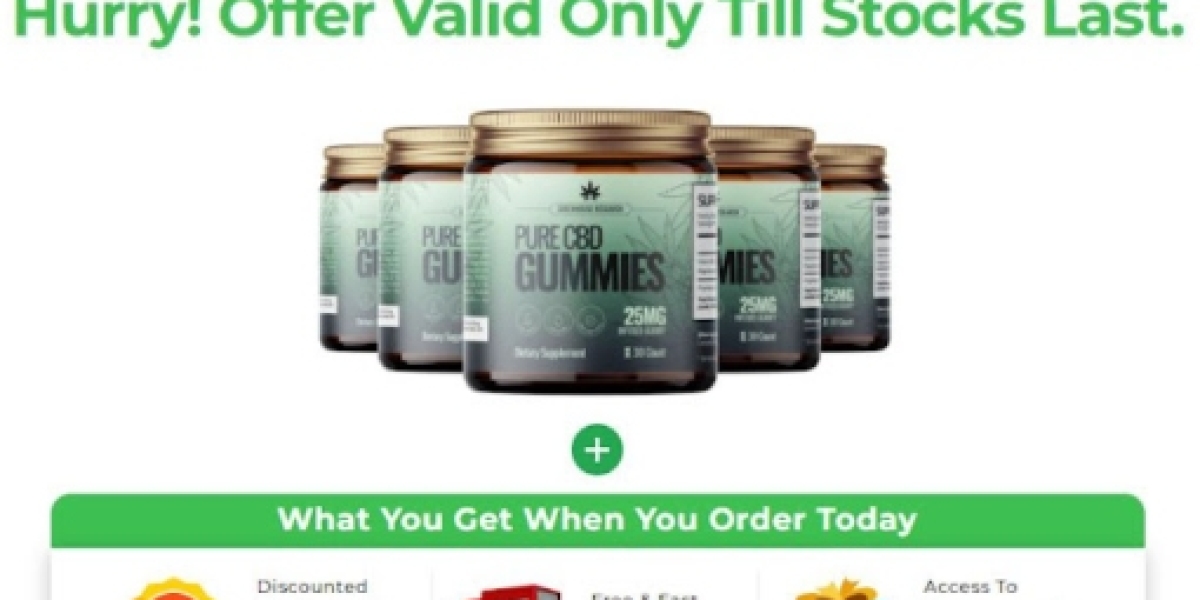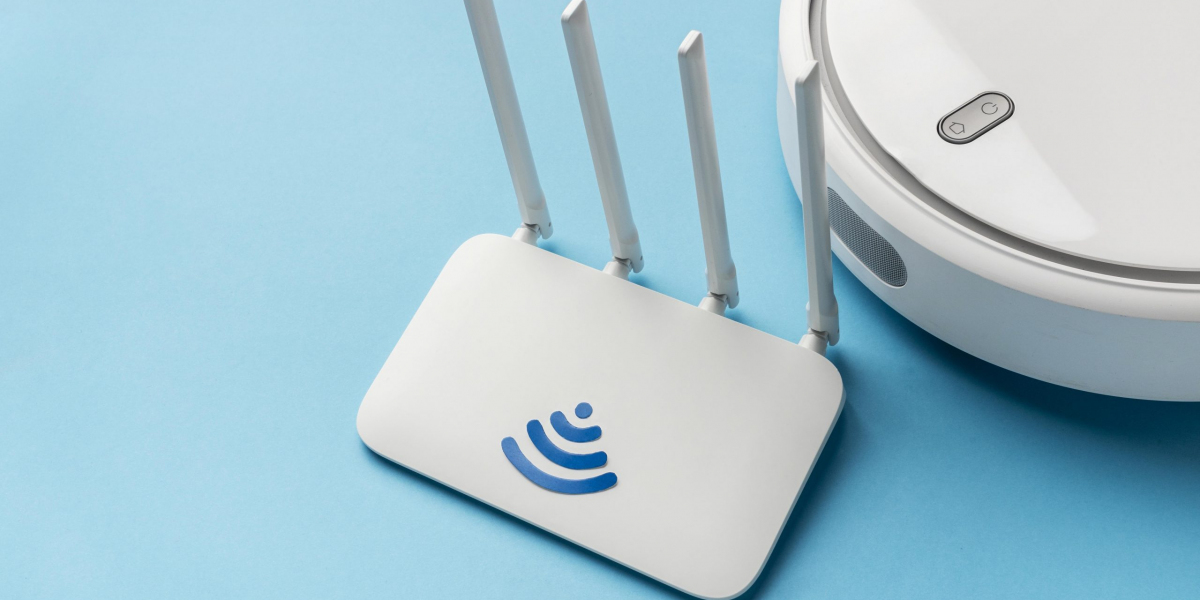Email marketing remains one of the most powerful tools in a marketer's arsenal. With a high return on investment and the ability to target specific customer segments, it’s no wonder businesses of all sizes use email marketing to engage, inform, and convert. But to maximize results, it’s essential to have a solid strategy, understand the available tools, set clear goals, craft compelling emails, and use personalization effectively. This article will explore each aspect of email marketing, from developing a comprehensive strategy to the various types of emails you can use to enhance engagement.
Developing an Email Marketing Strategy
An Email Marketing Strategy provides a roadmap for how you will communicate with your audience through email. A well-planned strategy outlines your target audience, content, frequency, and desired outcomes. Here are some steps to help you create an effective strategy:
Define Your Audience
Knowing your audience is the foundation of any marketing strategy. Identify who you’re targeting, their pain points, and the type of content they would find valuable. Segment your audience based on factors like demographics, behavior, and purchase history to tailor your emails effectively.Set Your Objectives
Clear objectives will guide your email content and help measure the success of your campaigns. Your goals might include increasing brand awareness, generating leads, boosting sales, or nurturing customer relationships.Choose the Right Content and Frequency
Different types of emails serve different purposes. Determine whether you’ll focus on newsletters, promotional offers, product updates, or educational content, and decide how frequently you’ll send them. Sending too many emails can lead to unsubscribes, while sending too few can result in low engagement.Measure and Adjust
Continuously monitor metrics like open rates, click-through rates, and conversion rates to see what’s working and what needs improvement. Use this data to refine your strategy over time.
Essential Email Marketing Tools
The right Email Marketing Tools can streamline your campaigns, improve results, and save you time. Here are some popular tools that can enhance your email marketing efforts:
Email Service Providers (ESPs)
ESPs like Mailchimp, Constant Contact, and SendinBlue are fundamental for sending and managing emails. They offer templates, scheduling, and automation features that allow you to design, send, and track your campaigns efficiently.Customer Relationship Management (CRM) Integration
Many ESPs integrate with CRM systems like Salesforce or HubSpot. This integration enables you to access customer data and segmentation directly in your email tool, helping you create more personalized and relevant emails.Automation and Drip Campaigns
Automation tools allow you to set up emails that are triggered by specific actions, such as signing up for a newsletter or making a purchase. Drip campaigns, in particular, help nurture leads over time with a series of scheduled emails designed to move them down the sales funnel.A/B Testing
A/B testing tools enable you to test different subject lines, content, and layouts to see what resonates best with your audience. Tools like Litmus and Optimizely provide insights into which version of an email performs better, helping you optimize future campaigns.Analytics and Reporting
Most ESPs offer analytics dashboards where you can view metrics such as open rates, click-through rates, and conversions. These insights are crucial for refining your email marketing strategy and improving results.
Setting Clear Email Marketing Goals
Setting specific Email Marketing Goals is key to ensuring that your email campaigns are effective. Without clear goals, it’s difficult to measure success and optimize your efforts. Here are some common goals to consider:
Increasing Engagement
Engagement goals focus on getting your subscribers to open and interact with your emails. Metrics like open rates and click-through rates are good indicators of engagement. Engaged subscribers are more likely to convert, so make engagement a top priority.Driving Sales and Conversions
Many email campaigns are designed to encourage purchases. This goal is particularly relevant for eCommerce businesses, where targeted emails can showcase products, provide discounts, and highlight new arrivals to drive sales.Nurturing Leads
If your goal is to nurture leads, create a series of emails that educate and build trust with potential customers. Over time, this approach can move them closer to making a purchase decision.Building Brand Loyalty
Retaining customers is often more cost-effective than acquiring new ones. Emails that show appreciation, offer exclusive rewards, or provide helpful content can strengthen brand loyalty and encourage repeat business.Increasing Traffic to Your Website
Emails can drive traffic to your website, whether for content marketing purposes or to showcase new products. Use call-to-action (CTA) buttons and links to encourage subscribers to visit your website.
How to Write a Marketing Email
Crafting a compelling marketing email requires a balance of clarity, engagement, and purpose. Here are some best practices for How to Write a Marketing Email:
Use an Attention-Grabbing Subject Line
The subject line is the first thing subscribers see, so make it engaging and relevant. Avoid using too many salesy or spam-like words, as these can lead to lower open rates or spam filters.Start with a Personalized Greeting
Addressing subscribers by their first name can make emails feel more personalized and engaging. Many ESPs have options for dynamic fields that can insert a name or other personalized data into the email.Keep the Content Clear and Concise
People are often scanning emails rather than reading them in detail. Use short paragraphs, bullet points, and headings to make your content easy to digest. Get to the point quickly and ensure your call-to-action (CTA) is clear.Include a Strong CTA
Every marketing email should have a clear purpose. Whether you want readers to visit your website, make a purchase, or sign up for an event, your CTA should be prominent and direct. Use action-oriented language and make sure the CTA stands out visually.Optimize for Mobile
With more than half of all emails opened on mobile devices, optimizing for mobile is essential. Choose mobile-friendly templates, use images sparingly, and test your email on multiple devices to ensure readability.Proofread and Test
Errors in email content can reduce your brand’s credibility. Proofread for typos, grammar mistakes, and broken links, and use A/B testing to refine different elements of the email.
The Role of Personalization in Email Marketing
Personalization in Email Marketing goes beyond using the subscriber's name. By leveraging data, you can tailor your emails to align with the interests, behaviors, and preferences of each recipient. Here’s how personalization can improve your campaigns:
Segment Your Audience
Segment your email list based on demographics, past purchases, location, or engagement level. This allows you to send more relevant content to each group, increasing the likelihood of engagement.Dynamic Content
Use dynamic content blocks that change based on who is viewing the email. For example, a retail store could showcase different products to customers based on their previous purchases or browsing history.Triggered Emails
Triggered emails are sent automatically based on subscriber actions, such as abandoning a cart, signing up for a webinar, or completing a purchase. These personalized messages tend to have higher open and conversion rates.Personalized Recommendations
Offering tailored recommendations based on previous behavior can enhance the customer experience. If a customer frequently purchases running shoes, for example, recommending similar products or accessories can lead to repeat business.
Types of Marketing Emails to Boost Engagement
There are several Email Types that marketers can use, each serving a unique purpose. Here are some commonly used email types to consider:
Welcome Emails
A welcome email is the first impression subscribers have of your brand. Use it to introduce your brand, set expectations, and guide new subscribers to your best content or offers.Newsletters
Newsletters are a way to keep your audience updated on new content, products, or company news. Consistency and valuable information make newsletters a powerful tool for engagement.Promotional Emails
These emails focus on special offers, discounts, and limited-time deals. Promotional emails are particularly effective for eCommerce businesses and can drive significant revenue.Abandoned Cart Emails
Abandoned cart emails remind customers who left items in their cart without completing the purchase. These emails often include a gentle nudge, such as a discount code, to encourage completion.Re-engagement Emails
For inactive subscribers, re-engagement emails attempt to rekindle their interest. This type of email can range from a "We miss you" message to an exclusive offer aimed at reactivating dormant customers.Feedback or Survey Emails
Feedback emails request input from your audience, whether in the form of product reviews, customer satisfaction surveys, or post-purchase feedback. These emails show customers that their opinions are valued.
In conclusion, a successful email marketing campaign requires a blend of strategic planning, effective tools, clear goals, well-written content, and personalization. By using the right approach and understanding each type of email, you can create engaging and valuable email marketing campaigns that foster strong customer relationships and drive measurable business results.








